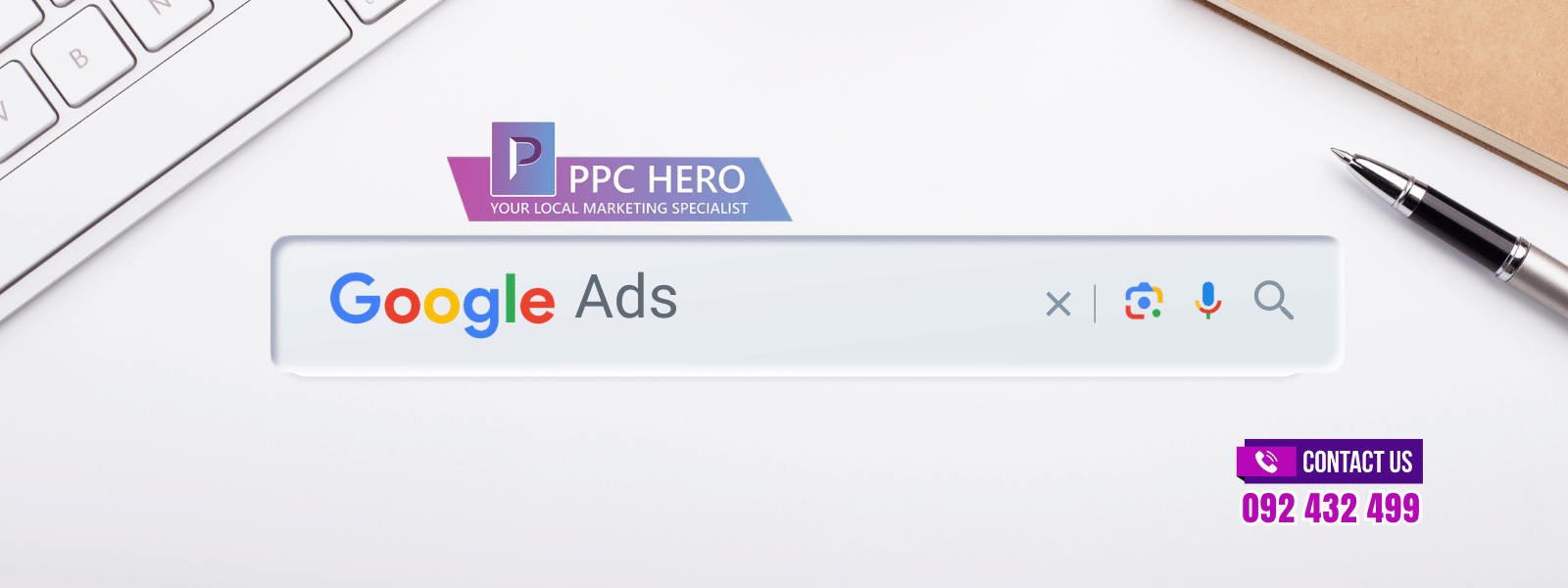
Conquering the digital marketing landscape in Auckland, New Zealand necessitates a multifaceted approach. Pay-per-click (PPC) advertising, which is available through platforms such as Google Ads Auckland, has become an essential tool for businesses looking for targeted online visibility. However, there is one critical component of PPC that can make or break the success of your campaign: bidding strategy.
For many, navigating the world of PPC bidding is similar to deciphering an ancient manuscript. Fear not, PPC heroes! This comprehensive guide will reveal the secrets of various bidding strategies, allowing you to optimise your campaigns and achieve the desired results.
Consider an auction. Instead of shouting out bids for physical items, you compete for ad space online. Your bid controls where your ad appears on the search results page (SERP) and how frequently it is seen. PPC bidding strategies determine how much you’re willing to pay per click on your ad.
Manual Bidding: You have complete control, determining the maximum cost-per-click (CPC) for each keyword or ad group. This allows for finer control, but it necessitates constant monitoring and adjustments. Automated Bidding: Google Ads uses algorithms to automatically set bids based on your campaign objectives and budget. This saves time, but gives up some control. Let’s dig deeper into specific bidding strategies within these categories, examining their strengths and weaknesses:
Maximum CPC (Max. CPC)– You specify the maximum amount you are willing to pay per click. This strategy gives you precise control over your budget, but it may limit your ad’s visibility if competitors bid higher
Enhanced CPC (ECPC)– A variation on Max. CPC in which Google Ads can automatically adjust your bids by up to 30% to maximise conversions within your budget. This achieves a good balance of control and automation.
Target CPA (Cost-Per-Acquisition)– This is where you specify how much you’re willing to pay for each conversion (such as a sale or lead). Google Ads automatically adjusts your bids to meet this goal, focusing on clicks that are more likely to convert. Ideal for campaigns that aim to drive conversions rather than clicks.
Target ROAS (Return On Ad Spend)– Similar to Target CPA, but you specify a target return on investment (ROI) for your ad spend. Google Ads optimises bids to meet the target ROI. Ideal for increasing the profitability of your campaign.
Remember– With manual bidding, success hinges on constant monitoring and adjustments. Analyse your campaign data to see which keywords are performing well and adjust bids accordingly. Research your competitors and industry benchmarks to set realistic bids.
Maximise Clicks– This strategy prioritises getting the most clicks possible within your budget. Ideal for brand awareness campaigns where clicks are the primary goal. However, it may not be cost-effective for conversion-focused campaigns.
Maximise Conversions– Google Ads will automatically set bids to maximise conversions within your budget. Useful for campaigns where conversion is critical. However, the algorithm’s effectiveness is dependent on a good historical conversion data set.
Target Impression Share– This strategy focuses on ensuring your ad appears in a specific percentage of auctions for your target keywords. Ideal for maintaining brand visibility on competitive SERPs. However, it doesn’t guarantee clicks or conversions.
While automated bidding offers convenience, keep an eye on the performance. Regularly review your campaign data and adjust your automated bidding settings if needed. Remember, these strategies are based on algorithms, and sometimes manual intervention may be necessary for optimal results.
Essential Bid Modifiers (The Finishing Touches) Bidding strategies are just one piece of the puzzle. Bid modifiers allow you to refine your bids based on specific factors like:
Device– Adjust bids for mobile, desktop, or tablet users based on where you see the best performance.
Location– Fine-tune bids for specific locations where your target audience resides.
Day of Week & Time of Day: Set higher bids for times when your audience is most likely to convert, like evenings or weekends.
By leveraging bid modifiers, you can ensure your ads reach the right people at the right time, maximising your return on investment.
Now that you’re armed with knowledge, let’s turn theory into action
Define Your Campaign Goals- Is it brand awareness, website traffic, lead generation, or online sales? Knowing your goals will guide your bidding strategy selection. Research Your Audience & Keywords: Identify your target audience.
